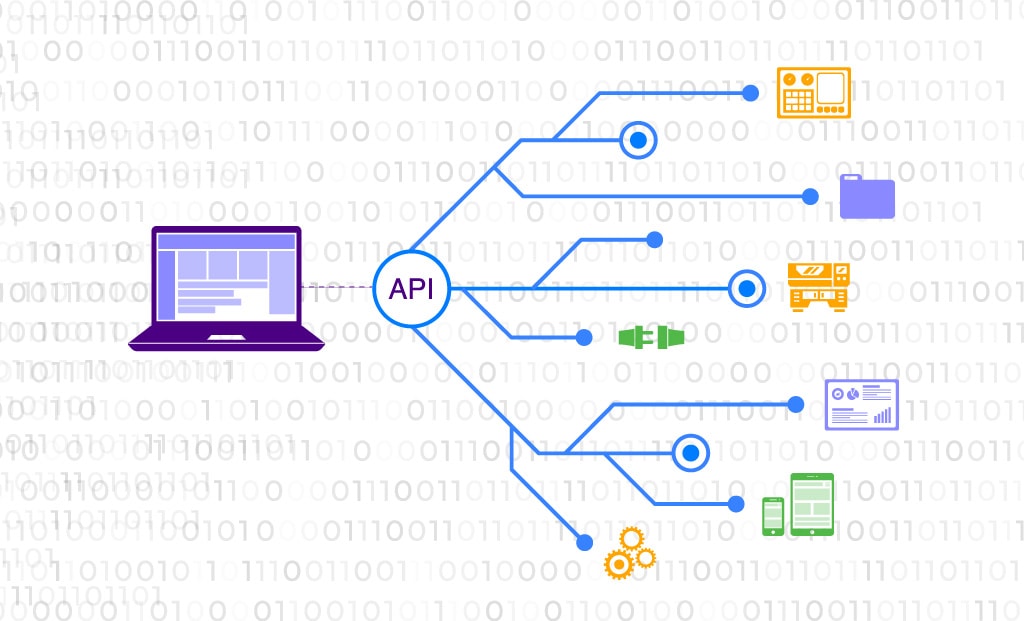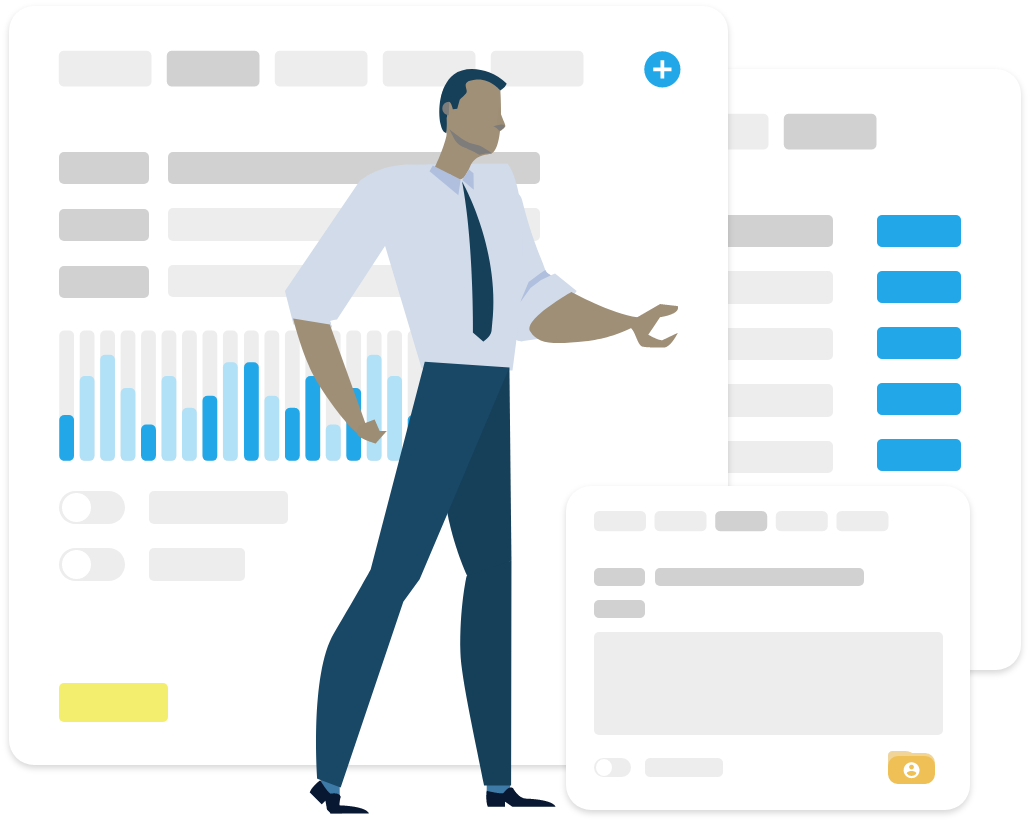Enterprise Resource Planning (ERP) systems emerged in the 1990s to integrate different business functions, but in the last decade, technological transformation and evolving business models have rendered traditional ERP approaches insufficient. In this context, next-generation ERP approaches stand out with flexibility, scalability, and enhanced decision-support capabilities.
1. Key Drivers of Change
- The acceleration of digitalization: As cloud computing, artificial intelligence, and IoT become widespread, ERP infrastructures must adapt to these technologies.
- Real-time decision making: Complex supply chains require instant visibility and rapid decision-making processes.
- User experience expectations: Mobility and remote work increase the need for intuitive and accessible interfaces.
2. Core Features of Next-Generation ERP Systems

- Cloud-Based Architecture: Reduces dependency on physical hardware, offering lower maintenance costs, flexible scalability, and faster updates.
- Modular and Microservice Approach: Provides modules that can be added or removed as needed, accelerating development and integration cycles compared to monolithic systems.
- Artificial Intelligence and Advanced Analytics: Machine learning enables demand forecasting, inventory optimization, and customer behavior analysis, enhancing decision-support capabilities.
- IoT and Industry 4.0 Integration: Real-time data from production and logistics sources enables predictive maintenance and automated planning.
- User Experience (UX) Focused Design: Role-based, clean, and customizable interfaces shorten the learning curve and accelerate adoption.
3. Emerging Trends
- Full Automation: Robotic Process Automation (RPA) enables repetitive tasks to run without human intervention.
- Personalized Dashboards: KPI-focused visualization tailored to departments and positions.
- Blockchain Integration: Ensures transparency and traceability in supply chain and financial processes.
- Predictive Management: Provides forecasts on demand, price fluctuations, and supply risks.
- Omnichannel Management: Integrates multiple sales channels into a single, unified management system.
4. Strategic Recommendations
- Prioritize Scalability: Ensure the chosen system aligns with future growth objectives.
- Open API and Integration: Secure and fast data sharing with other software is critical.
- User Adoption: Prioritize UX, and establish training and change management programs.
- Phased Implementation: Deploy modules gradually to reduce risk and minimize downtime.

